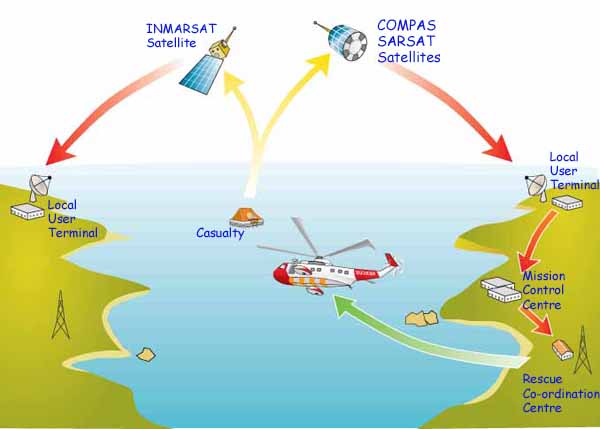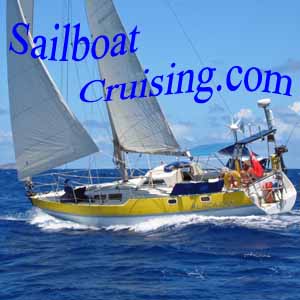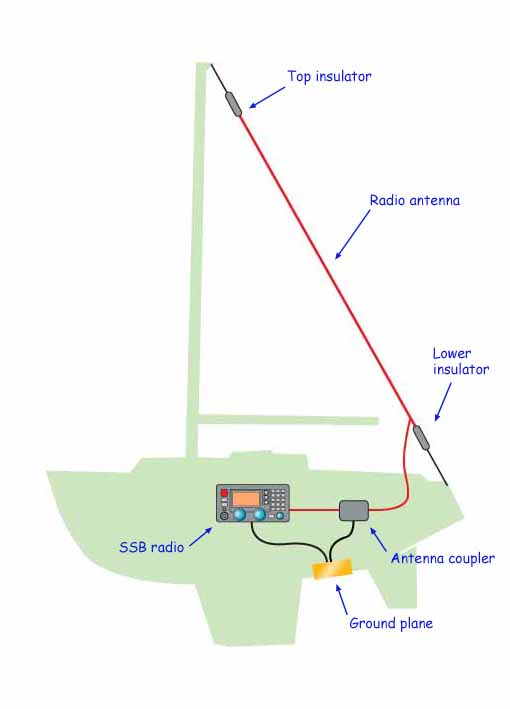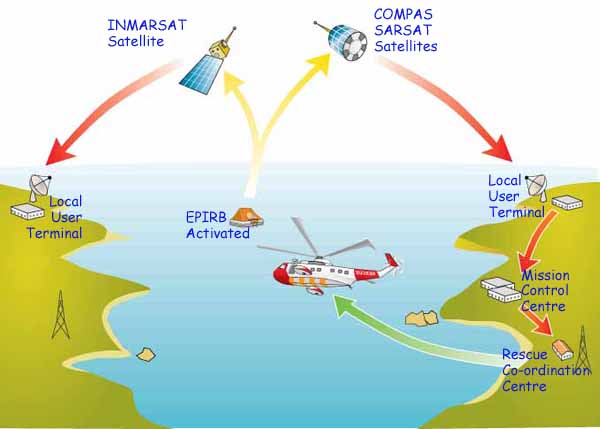- Home
- Electronics & Instrumentation
- Marine AIS
You'll Never Regret Installing a Marine AIS Unit
There are times when a marine AIS unit can be enormously useful. Take the following scenario...
"Westbound motor vessel two miles south of St Catherines Point, this is the eastbound sailboat 'Apprehensive' one mile off, fine on your port bow. Over".
Absolutely nothing...
Did he hear us?
Does he know we mean him?
Is anyone on watch?
Is he going to change course?
Do we need to change course to starboard now or should we stand on until we see what he does?
Annoyingly, such one-sided VHF communications between sailboats and merchant vessels are all too common.
An AIS receiver could have told us a great deal about this vessel; but how and what?
What Is Marine AIS?
AIS (Automatic Identification System) is a new aid to collision avoidance operating on two dedicated VHF channels. There are two types of AIS instruments:
- AIS Transponders that transmit and receive, and
- AIS Lifejacket Transmitters
Let's take a look at them....
Marine AIS Transponders
There are two types of AIS Transponders - Class A Transponders and Class B Transponders, both of which display the incoming data from other vessels on a radar-like screen.
Class A Transponders are intended for commercial vessels, and are compulsory on all ships of 300 tonnes and over. These units transmit the following data stream every 2 to 10 seconds (depending on the vessel's speed) when underway, and every 3 minutes when at anchor:~
- The vessel's unique nine digit identification MMSI number (Maritime Mobile Service Identity number);
In addition, the following is broadcast every 6 minutes:~
- The vessel's seven digit IMO ship identification number;
- The vessel's Radio Call Sign;
- The vessel's name;
- Type of ship and cargo carried;
- Length, beam and draft;
- Destination;
- ETA (estimated time of arrival) at destination.
Class B Transponders are intended for smaller vessels such as private powerboats and sailboats.
The main differences between Class B and Class A transponders is the transmitting power; Class A units requiring up to 12.5 watts, and Class B units getting by on a much more miserly 2 watts giving them an effective range of around 5 to 10 miles.
Furthermore, Class B transponders are not required to transmit the vessel's IMO number, destination or estimated time of arrival.
Marine AIS Receivers
These units will receive and display information about other vessels but do not transmit data, which means their owners can see other ships but those ships can't see them. Now this is the really good bit...
If you've got a chartplotter and an AIS Receiver (much cheaper than a Class B transponder), and can hook it up to your VHF antenna by a splitter, the vessel's position will be indicated on your plotter—provided of course the two units are compatible.
Tips on using Amazon
Clicking on an image or the Buy Now button does not commit you to making a purchase.
It gives you more info about the item, and allows you to either buy it immediately or Add to Cart for purchasing it and other selected items on a subsequent visit to Amazon.
Adding an item to your Cart is a great way of 'not losing' it, particularly if it's a high value product and you need more time to think about it.
You can of course delete it from your Cart if you decide you don't want to buy it after all.
An arrow will show direction of travel (the longer arrow the faster the vessel is moving), a bar on the arrow shows if the vessel is turning and which way. Hover over the ship's position with the cursor and all the vessel-related data will come up.
I can remember a number of English Channel crossings in poor visibility when I would have paid handsomely for one of these. You're immediately aware of all ships' movements around you, course changes are shown pretty much instantly - much faster than radar.
No need to call "Westbound vessel two miles south of St Catherines Point etc...." now. You've got his name, callsign, MMSI number, inside leg measurement, the lot.
VHF Radios with Built-In AIS
Some DSC VHF marine AIS radios can now be purchased with an integrated AIS Receiver built in.
No need for an antenna splitter with these; a single cable connecting the VHF to the chartplotter is all that's required. This is the one I've installed:
AIS Lifejacket Transmitters
If you're unfortunate enough to fall over the side, particularly at night in lively conditions, you will soon be lost from sight and your chances of rescue are slim indeed.
However, with one of these small devices attached to your lifejacket the likelihood of rescue are dramatically improved.
Providing your mothership - or any other vessel within a four mile range - has an AIS receiver your exact position will show up on screen.
A Warning...
Don't believe everything an AIS unit tells you, particularly the vessel's status. You'll often see vessels reported as 'At Anchor' and charging along at 12 knots at the same time.
And finally...
If you want other vessels to know you're out there, you should fit a Class B transponder. These are less expensive than a Class A unit (but more than a Marine AIS Receiver) but make AIS equipped ships aware of your position, course and speed and the fact that you're a sailing vessel.
Class B units do give you the option of reverting to receive mode only, as sadly, in some piratical parts of the world, invisibility and anonymity may be the wiser course of action.
Recent Articles
-
Wauquiez Gladiateur 33 for Sale
Apr 10, 24 05:40 AM
'Kesh', my Wauquiez Gladiateur 33 is only for sale because we've decided to go for a larger sailboat. She currently berthed in Florida, USA. -
'Cabo Frio', a Catalina Morgan 43 for sale
Apr 01, 24 08:35 AM
This Catalina Morgan 43 is for sale at a very reasonable price. She offers up to 7 berths in 2 cabins + saloon. There is full 6'5" standing headroom and good ventilation throughout. -
Live Aboard Boats For Sale
Mar 30, 24 07:02 PM
Ready to live the dream? Then browsing through this listing of live aboard boats for sale might just get you on your way...
















